Russia’s banking sector is facing mounting pressure, with the true scale of the problem potentially far more serious than the Kremlin publicly admits.
This was reported by Bloomberg on June 26, citing internal documents and sources among Russian banking officials.
According to the report, representatives of Russia’s financial sector are privately sounding the alarm over a growing volume of overdue debt, both from corporate and retail clients. High interest rates have made it increasingly difficult to service loans, while deferred payments are masking the actual scope of defaults.
Problem loans are already estimated in the trillions of rubles (exceeding $12 billion), forcing banks to scale back lending. In January–February 2025 alone, corporate lending portfolios shrank by approximately $19 billion.
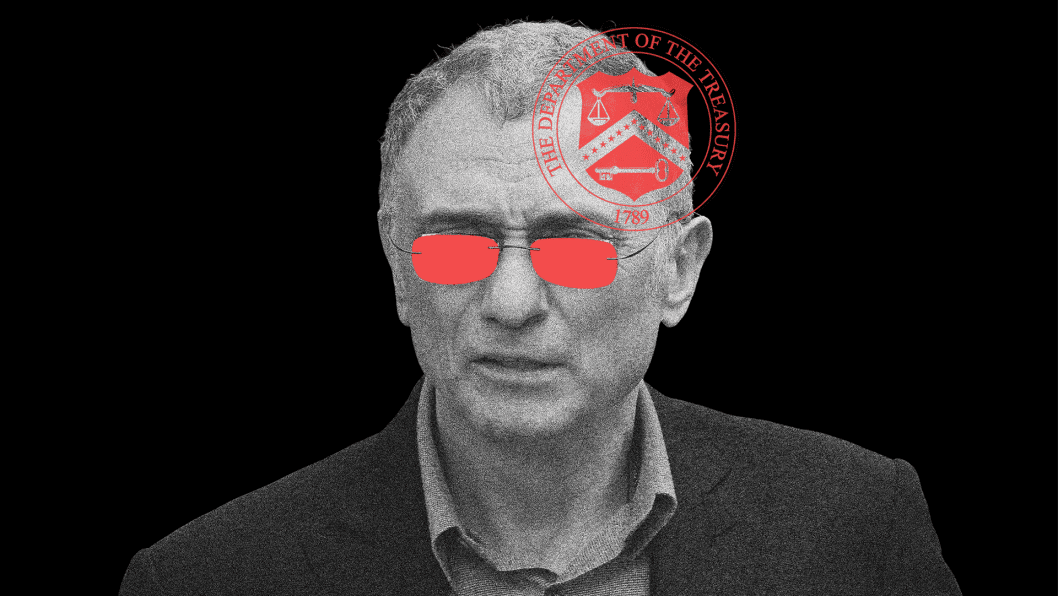
Amid these developments, Russia’s Minister of Economic Development Maksim Reshetnikov warned of a potential recession at the St. Petersburg Economic Forum.
“We are on the verge of slipping into a recession,” he said.
Central Bank head Elvira Nabiullina acknowledged the need for an “economic cooling,” although leader Vladimir Putin insisted publicly that a recession must be avoided.
Despite Russian banks posting record profits in 2024—$42.5 billion—the situation is worsening due to rising inflation (up to 10%) and a steep increase in the Central Bank’s key interest rate (peaking at 21%, and later adjusted to 20%).
Bloomberg highlights a “two-track” economy in Russia: while the defense-industrial complex thrives on state funding, the private sector suffers from declining demand and rising costs.
-3083eb0c13d3cb4b95bbfcb23e7e2bfa.jpg)
According to Bloomberg, additional pressure comes from preferential wartime loans that are increasingly difficult to recover. Russian Central Bank’s May reported that 13 out of the country’s 78 largest companies are already unable to service their debt.
Credit rating agency ACRA reports that 20% of Russian bank capital is linked to borrowers with a high risk of default. Analysts now project a “moderate probability” of a systemic banking crisis by April 2026 if credit conditions continue to deteriorate.
Earlier, NATO member states agreed to raise annual defense spending to 5% of GDP by 2035, according to the alliance’s final communiqué.
The decision is framed as a response to the “long-term threat posed by Russia to Euro-Atlantic security,” along with the persistent danger of terrorism, as outlined in the declaration.


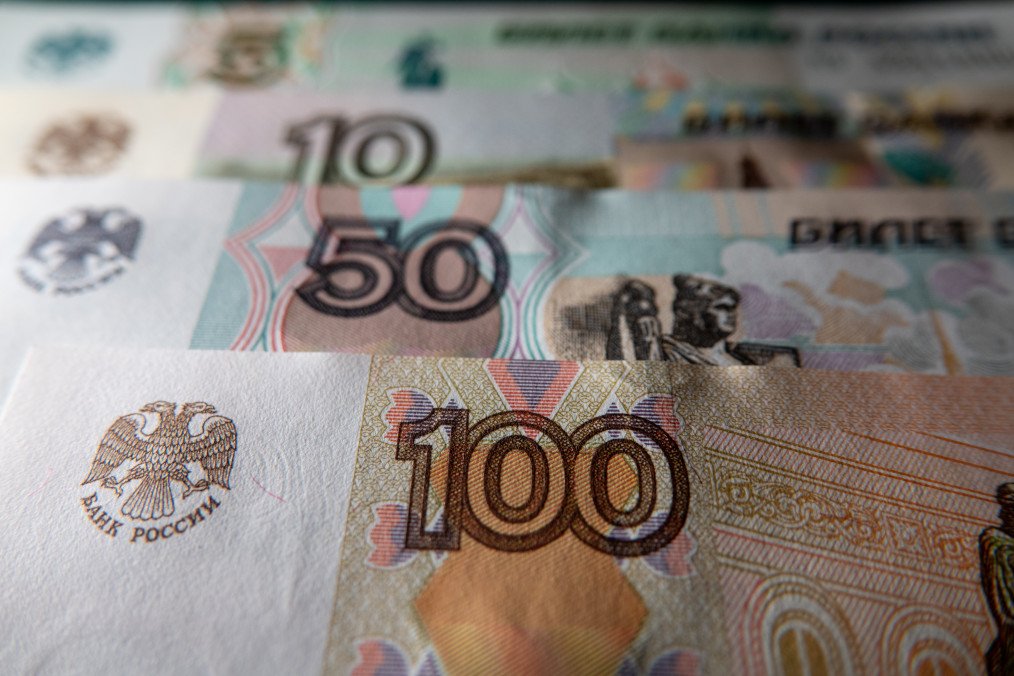
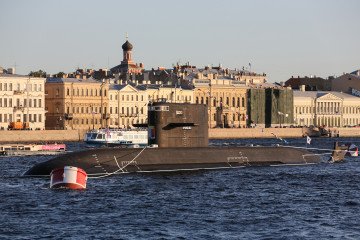

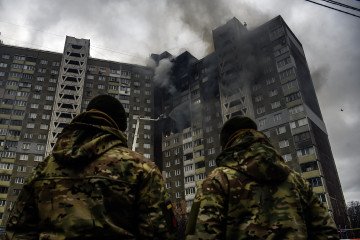
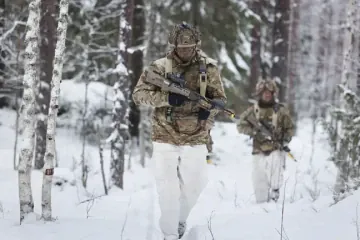
-111f0e5095e02c02446ffed57bfb0ab1.jpeg)
